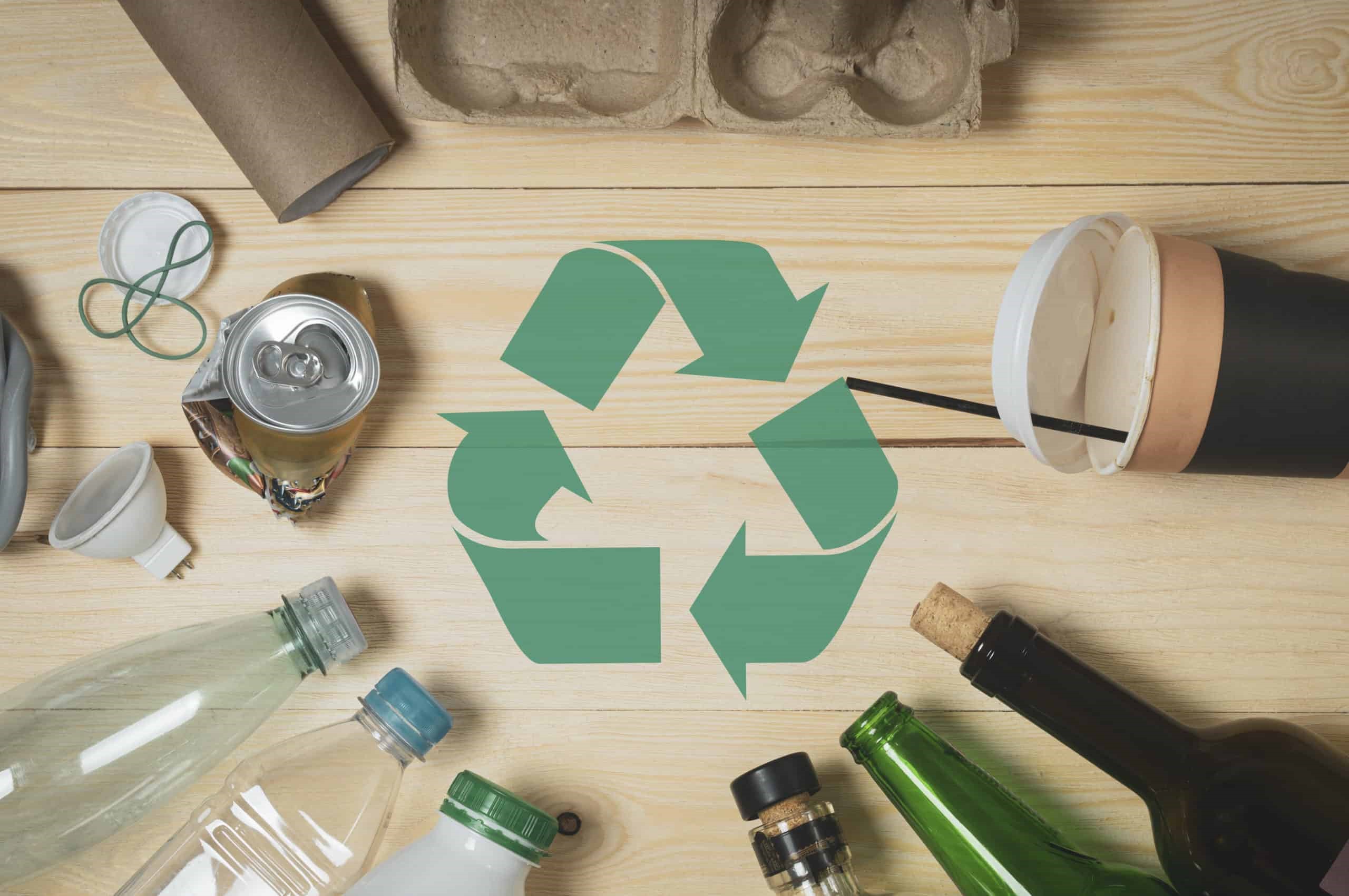The Rise of Sustainable Products: Eco-Friendly Innovations for 2024
As global awareness of environmental issues grows, the demand for sustainable materials in consumer products is at an all-time high. In 2024, the emphasis on sustainability is not just a trend but a necessity driven by consumer preferences, regulatory changes, and the pressing need to combat climate change. This article explores the rise of sustainable materials in consumer products, their benefits, challenges, and future prospects, while also providing a detailed analysis and comparative insights into their usage.

The Rise of Sustainable Materials
Sustainable materials are derived from renewable resources, recycled materials, or are designed to have minimal environmental impact throughout their lifecycle. In recent years, there has been a significant shift towards these materials across various industries, including fashion, electronics, packaging, and automotive sectors. This shift is largely due to increased consumer awareness and demand for eco-friendly products.
Consumer Demand and Awareness
Consumers today are more informed about the environmental impacts of their purchases. Surveys indicate that a significant percentage of consumers are willing to pay more for products that are sustainably sourced and manufactured. This growing awareness is pushing companies to innovate and integrate sustainable materials into their product lines.
Regulatory Pressures and Corporate Responsibility
Governments worldwide are implementing stricter regulations to reduce carbon footprints and encourage sustainable practices. Companies are not only responding to these regulations but are also taking proactive measures to enhance their corporate social responsibility (CSR) profiles. This dual pressure is accelerating the adoption of sustainable materials.
Types of Sustainable Materials
- Biodegradable Plastics: Made from natural materials like corn starch, these plastics decompose more quickly than traditional plastics, reducing landfill waste.
- Recycled Materials: Using materials that have been recycled reduces the need for virgin resources and lowers environmental impact.
- Natural Fibers: Materials such as bamboo, hemp, and organic cotton are renewable and have lower environmental footprints compared to conventional fibers.
- Innovative Alternatives: Materials like mushroom leather and algae-based packaging are emerging as sustainable alternatives to traditional materials.
Benefits of Sustainable Materials
- Environmental Impact: Sustainable materials reduce pollution, conserve natural resources, and lower greenhouse gas emissions.
- Economic Advantages: Though often more expensive initially, sustainable materials can lead to cost savings in the long run through energy efficiency and waste reduction.
- Brand Loyalty: Companies that prioritize sustainability can enhance their brand image and loyalty among environmentally conscious consumers.
Challenges in Adopting Sustainable Materials
- Cost: Sustainable materials can be more expensive than traditional options, posing a barrier for some companies.
- Supply Chain Complexity: Ensuring that materials are sourced sustainably can complicate supply chain management.
- Consumer Skepticism: Greenwashing, or the false portrayal of products as environmentally friendly, has made some consumers skeptical of sustainability claims.
Case Studies of Sustainable Material Usage
- Fashion Industry: Brands like Patagonia and Stella McCartney are leading the way by using recycled and organic materials in their clothing lines.
- Automotive Industry: Companies like Tesla and BMW are incorporating sustainable materials in their vehicle interiors and manufacturing processes.
- Packaging Industry: Innovative companies are developing biodegradable and recyclable packaging solutions to reduce plastic waste.
Future Prospects
The future of sustainable materials looks promising with advancements in technology and increased investment in research and development. Innovations like lab-grown leather and bioplastics made from agricultural waste are on the horizon, promising to revolutionize how we think about materials and their impact on the environment.
Analysis Table
| Factor | Traditional Materials | Sustainable Materials |
| Environmental Impact | High (pollution, resource use) | Low (renewable, less waste) |
| Cost | Generally lower | Initially higher |
| Consumer Demand | Moderate | Increasing |
| Regulatory Compliance | Varied | Increasingly necessary |
| Supply Chain Complexity | Less complex | More complex |
Comparative Table
| Industry | Traditional Materials Example | Sustainable Materials Example | Benefits of Sustainable Materials |
| Fashion | Polyester, Nylon | Organic Cotton, Recycled Polyester | Lower environmental footprint, better for health |
| Automotive | Synthetic Leather, PVC | Vegan Leather, Recycled Plastics | Reduced pollution, eco-friendly |
| Packaging | Conventional Plastic | Biodegradable Plastics, Paper | Reduced landfill waste, compostable |
| Electronics | Conventional Metals and Plastics | Recycled Metals, Bioplastics | Resource conservation, lower carbon footprint |
Innovation in Sustainable Materials
Innovation plays a crucial role in advancing sustainable materials. Researchers and companies are continuously developing new materials and technologies that minimize environmental impact. For example, lab-grown materials like mycelium leather and algae-based packaging are gaining traction for their potential to replace traditional, resource-intensive options. Additionally, advances in recycling technologies are improving the efficiency and effectiveness of reclaiming and reusing materials, making it easier to close the loop in product lifecycles. These innovations are not only helping to address environmental challenges but also opening new markets and opportunities for businesses that prioritize sustainability.
Consumer Education and Engagement
As sustainable materials become more prevalent, educating consumers about their benefits and proper use is essential. Many consumers still lack a full understanding of what makes a material sustainable or how to identify genuinely eco-friendly products. Companies that invest in transparent communication and educational initiatives can build trust and encourage more widespread adoption of sustainable products. By providing clear information about the origins, benefits, and disposal methods of sustainable materials, businesses can help consumers make informed choices and foster a culture of environmental stewardship. This education is critical for driving long-term change and ensuring that the shift towards sustainable materials is both effective and impactful.
Conclusion
Sustainable materials in consumer products are no longer just a trend but a vital component of modern industry. Driven by consumer demand, regulatory changes, and corporate responsibility, the shift towards sustainable materials is transforming how products are made and consumed. Despite challenges, the benefits to the environment, economy, and society are compelling, paving the way for a more sustainable future.




